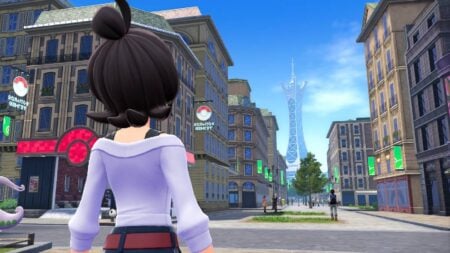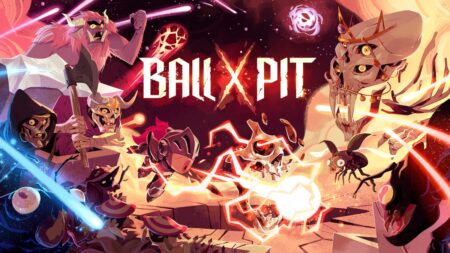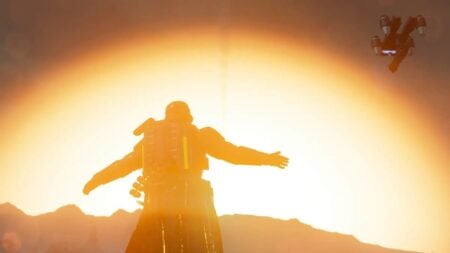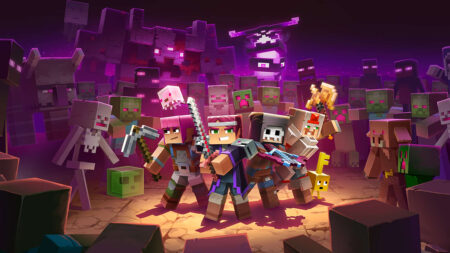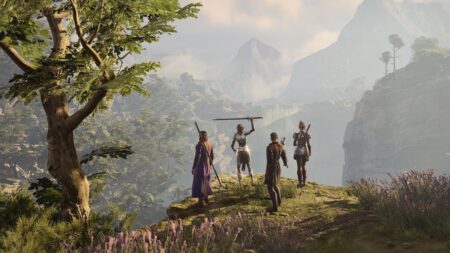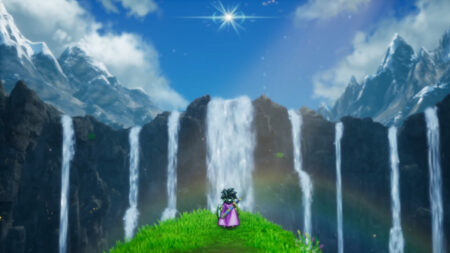On June 14th, when Nintendo at long last revealed the details on the soon-to-arrive Legend of Zelda, the first thing fans heard (aside from their own screams of delight) was a voice calling for Link to open his eyes. It surprised everyone – voice acting in a Zelda game. Notwithstanding the various grunts and whoops that accompanied NPC dialogue in past adventures, fully voiced lines marks a new milestone for the series. Producer Aonuma told Polygon “It’s really difficult to leave an impression on players with just text.” Well, the voice calling out to Link certainly left an impression.
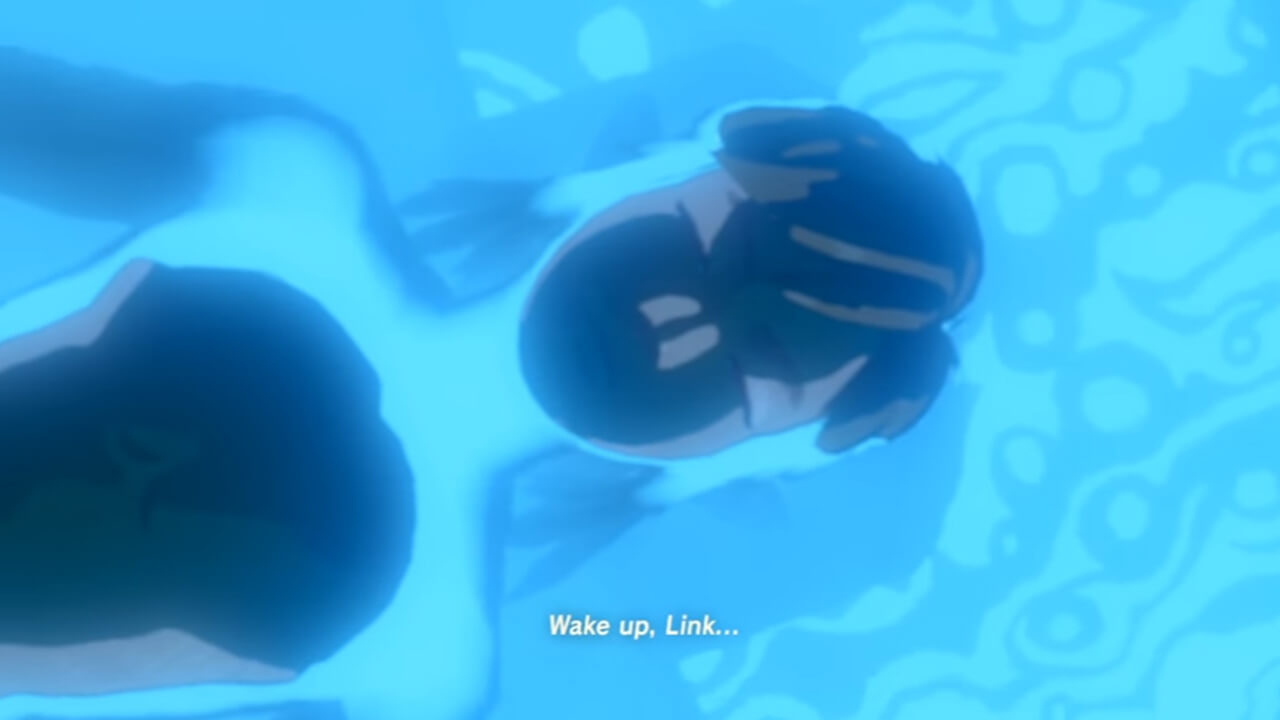
Aonuma also iterated that not all lines in the game would be voiced and that Link would definitely remain silent. “If Link said something the user doesn’t agree with, that relationship between the user and Link would be lost.” The idea of Hyrule’s hero speaking during games is a controversial point, and Aonuma’s reasoning is rooted firmly in the desire for Link to be the embodiment of the player more so than his own character. With numerous ways to play Breath of the Wild, this idea holds all the more true.
Technology, such as the Sheikah Slate, plays a major role in the game. Hyrule is in ruin, and elements of advanced technology can be found everywhere, and is even used by the player. Aonuma wanted the sci-fi-like tech to stand in contrast to Hyrule’s decaying state. It also furthers Breath of the Wild’s departure from other titles – while technology has featured in many other Zelda games (pressing switches to open doors is a form of engineering), the concepts have heretofore been simple in design. The most advanced a Zelda game has gotten would probably be the Temple of Time in Twilight Princess, where the line between tech and magic became a tad blurred. In Breath of the Wild, the Guardians that threaten Link are clearly very advanced in weaponry and robotics.

The Legend of Zelda: Breath of the Wild will release for Wii U and NX sometime in 2017.


